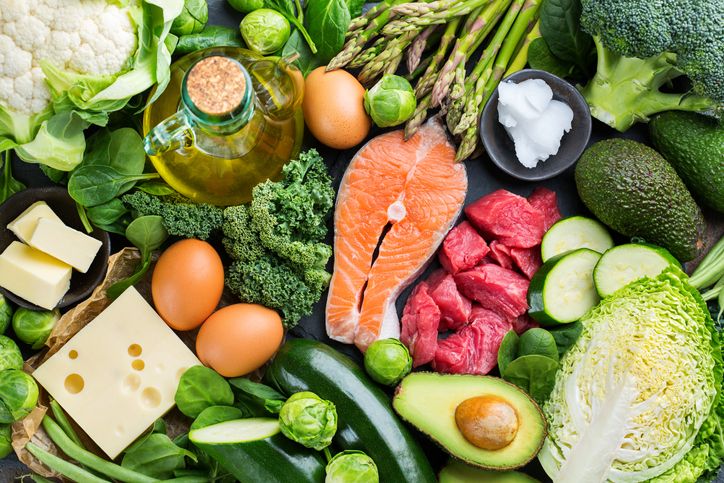High-income nations that shift towards plant-based eating will benefit from a “double climate dividend” of reduced greenhouse gas (GHG) emissions and enhanced carbon sequestration, according to the findings of a recent study published in Nature.
A team of researchers from Leiden University, the University of Wisconsin-Madison, and Vienna University of Economics and Business argue that the world’s 54 wealthiest countries could cut their ag-related GHG emissions by as much as two-thirds if their populations switch to a model plant-based diet.
The team said it chose to focus on high-income economies because animal-derived products are responsible for around 70% of agrifood system-related GHG emissions in these countries, as opposed to 22% in low and middle-income economies – suggesting that plant-based eating can have a significant global impact in the former group alone.
Planetary health diet
Researchers simulated the adoption of the EAT-Lancet Planetary Health Diet — in which non-animal, plant-derived foods make up around 90% of an individual’s total nutrition — across the 54 countries. Their modeling indicated that this could lead to a 61% reduction in annual agricultural emissions for these countries.
Moreover, the researchers claim that if the land “spared” from agricultural use as a result of this dietary change “were restored to its antecedent natural vegetation,” the countries would free up an area a little larger than the entire EU.
Depending on subsequent use, this land could collectively sequester around 98.3 billion tons of carbon equivalent by the end of this century – offsetting around 14 years’ worth of global agricultural emissions at current levels. This alone “could potentially fulfil high-income nations’ future sum of carbon dioxide removal [CDR] obligations under the principle of equal per capita CDR responsibilities,” the researchers claim.
Around half the projected total carbon offset would be accounted for by four countries — Australia, France, Germany, and the US — all of which have particularly high levels of meat and dairy production and consumption.
“It’s really about having a joined-up picture of food policy and land policy and climate policy at the same time, and fundamentally re-aligning subsidies in order to harness this,” Paul Behrens, an environmental scientist at Leiden University and a co-author of the paper, told the BBC.
Food accounts for a third of all emissions
Food systems — from land use and production through the supply chain to consumption — are responsible for almost a third of the world’s GHG emissions; and close to half of that total comes from crop and livestock farming, according to the UN Food & Agriculture Organization.
Research suggests that well over half of agricultural emissions originate from livestock production, with as much as a quarter of all food production emissions coming from the beef industry.
Meanwhile, half the world’s habitable land is used for agriculture; and 77% of that is taken up by meat and dairy farming.
“We know that shifting diets can save a huge amount of emissions [by] avoiding emissions from animal-based agriculture, but we can also save large amounts of land which can be used to sequester carbon from the atmosphere,” Behrens said.
“You could roughly double the emissions that you save by following a plant-based diet if the land was allowed to re-wild or re-forest.”
What about regen ag?
However, some argue that alternate forms of agricultural land use involving livestock — such as agroforestry and regenerative grazing — may also encourage enhanced carbon sequestration when compared to mainstream methods.
One 2020 Royal Society-published study of Australian and US cattle operations concluded that “regenerative ranching” — a mix of “managed grazing” practices with “holistic decision-making” at larger scales — “is a low-cost, low-tech natural climate solution that has potential to contribute to climate change mitigation by reducing GHG emissions associated with conventional agriculture and enhancing natural carbon sinks through grazing practices thought to contribute to soil carbon sequestration.”
Another 2020 paper, published by Frontiers, found that multi-species pasture rotations can sequester enough carbon to net a 66% reduction in GHG emissions when compared to conventional, large-scale beef farming.
However, it also found that such practices typically require two-and-a-half times the land of commodity-focused conventional beef production.




